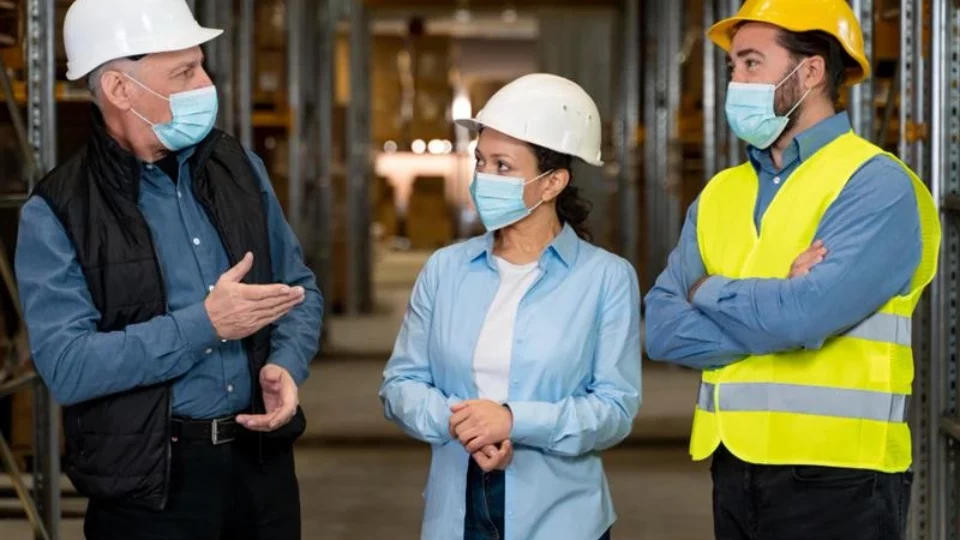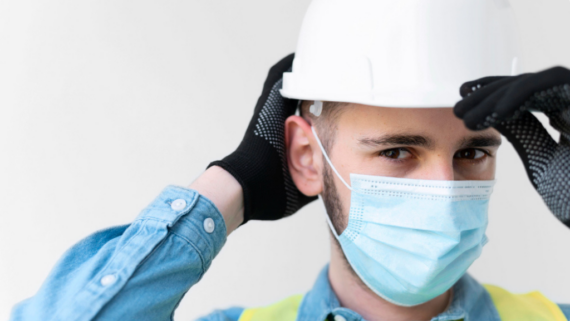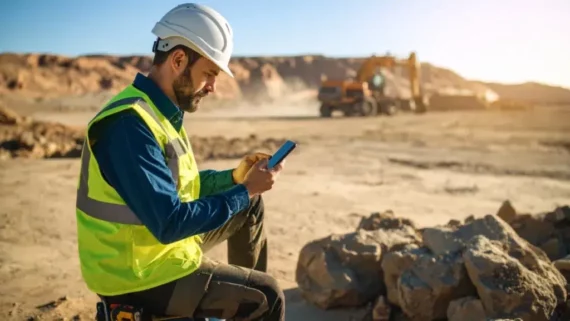The Silent Hazards in Safety Meetings—and Why Speaking Up Could Save Lives
Safety briefings often hit familiar notes: PPE use, trip hazards, lockout/tagout steps. It’s all necessary stuff. But what about the risks no one mentions? The thoughts that stay locked behind zipped lips?
Those are the dangers we need to drag into the light.
1. “I don’t feel safe saying this out loud.”
This phrase doesn’t make it into toolbox talks, but it’s alive in every pause and glance. A worker notices an issue but doesn’t raise it. A supervisor senses something’s off but keeps quiet to maintain harmony.
Johanna Pagonis nailed the root problem: without fostering psychological safety, all your protocols fall flat. A culture that discourages feedback is a culture that invites accidents.
What helps: Set the tone by acknowledging it. “It’s okay to speak up. We expect it.” Celebrate those who raise red flags—not just those who toe the line.
See also: How Strong Safety Cultures Are Built—and Broken
2. “Everyone’s exhausted—and it’s getting risky.”
No one wants to admit they’re burned out. But fatigue is everywhere—from night shifts to triple overtime. It blurs judgment and slows reflexes.
Robin Postnikoff reminds us: personal lives impact jobsite performance. Stress, grief, sleepless nights—they don’t stay at the gate. Ignoring that human element undermines every safety measure in place.
What helps: Start your daily huddles with a check on mental and physical energy. Normalize it. Track it.
See also: Leading with the Heart in a World Obsessed with Metrics
3. “We all know this protocol doesn’t work.”
Some safety rules look good on paper but fall apart on the floor. Maybe they were designed without input from the field. Or maybe they just haven’t evolved with the job.
Kevin Swinden told a cautionary tale where poor packaging practices escalated into a crisis. The workers followed procedure—but the procedure was flawed.
What helps: Create space for challenging the status quo. Bring one outdated or confusing rule to each meeting and dissect it as a team.
See also: The Most Dangerous Phrase in Safety: “We’ve Always Done It This Way”
4. “I was never properly trained—but no one asked.”
Too many workers are expected to perform tasks based on theory alone. Digital modules aren’t enough. Competence requires practice, not just exposure.
Brett Burkard emphasized the value of daily, hands-on reinforcement to drive safe behaviors into muscle memory.
What helps: Combine eLearning with field practice. Ask questions like, “Have you ever actually done this in real life?” If not, fix that.
See also: Second Nature: How Brett Burkard Made Safety Sticky
5. “It feels like safety only matters after an incident.”
There’s a reason skepticism runs deep. Some crews see safety as a reaction, not a priority. Promises don’t stick unless backed by consistent leadership presence and meaningful investment.
Jeff Mulligan reframes safety as a full-circle responsibility that touches reputation, property, and people far beyond one jobsite.
What helps: Have your leaders walk the talk. Invest in prevention. Show up before the injuries do. That’s when people start to believe.
See also: Coming Full Circle: Safety Leadership with Jeff Mulligan
A Challenge to Leave You With
What’s your safety truth that’s never made it into a meeting? Say it. Lead with it. Because safety isn’t about silence—it’s about courage. And courage changes everything.






























